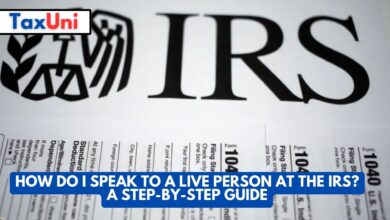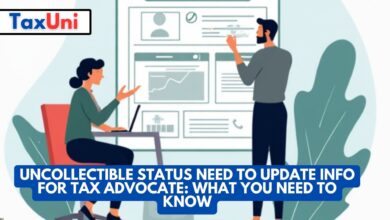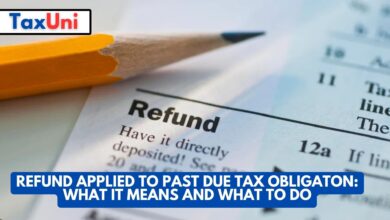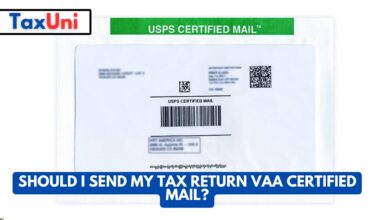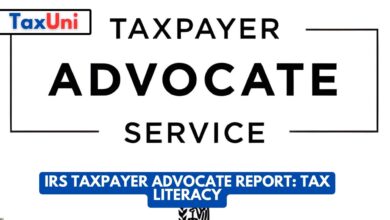When Does WMR Update?
Many taxpayers need clarification about how and when their IRS refund processing status updates on the WMR website or on the IRS2Go mobile app. Read on this article to learn more about Where's My Refund, WMR Update.

Millions of taxpayers rely on Where’s My Refund (WMR) and IRS2Go mobile app to keep them updated on their refund status and payment date. These systems are designed to provide a fast and easy way for filers to check on their return after filing. However, many people find that these systems do not always update their refund or direct deposit dates. This can be frustrating for taxpayers as it can lead to them waiting on their return. If you are one of these tax filers, you may want to consider checking your tax transcript to see if you have a processing date or any other information that could help you track your refund status.
The IRS is still working with legacy systems and programs that process tax returns in batches or cycles, which means it can take a while for these updates to happen. As a result, it’s best to keep track of your tax refund status on WMR and the IRS2Go mobile app and to use direct deposit when possible.

How Often Does IRS Update Refund Status Online?
If you are trying to check your tax refund status online, the IRS website may not update as often as you would like. This is because the IRS still works across several legacy systems that process tax returns in batches or cycles – see how to find your processing cycle here. This means that if you check your refund status more than once a day, you could be waiting longer for your money to arrive. This is especially true if you have filed a paper return or selected direct deposit as your preferred payment method.
In most cases, you can start tracking your refund on the IRS website within 24 hours after you file electronically and up to four weeks after mailing a paper return. However, if you filed a paper return this tax season and didn’t select direct deposit, you should wait at least 72 hours from the date the IRS confirmed receipt of your return before checking your refund status online.
Another thing that can impact your refund timing is how you filed your taxes. E-filers have a faster turnaround than snail mail filers, and there are other methods of filing that can also affect how fast your refund will be issued. Once your tax return is processed and approved, you can expect to receive your refund in the form of a check or as a direct deposit into your bank account. You can use the IRS’s Where’s My Refund tool to determine your exact refund payment date, or you can call the IRS to get more information about how long it takes for your refund to be issued.
Generally, you can expect to receive your check by February 28 if you choose direct deposit or government savings bonds as your payment option. However, a few things can delay your refund payments, including errors on your return or missing documentation. Most taxpayers can expect to see their refund status updated online once a week on Wednesdays. If you have filed an e-filed return, you can check your refund status sooner – up to 36 hours after you file and 4 weeks after you send in a paper return.
